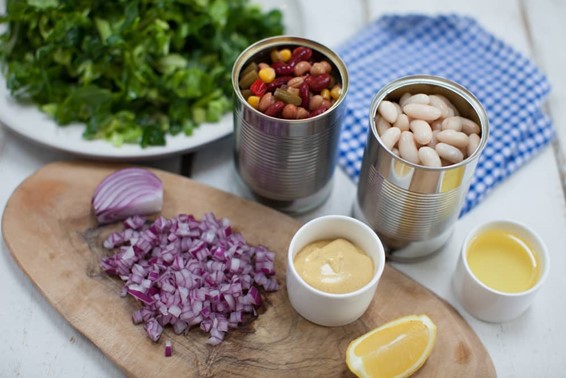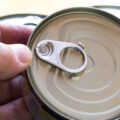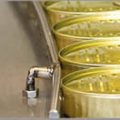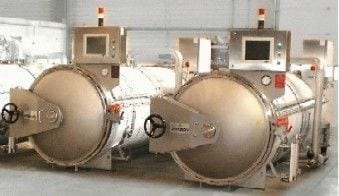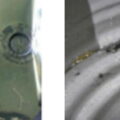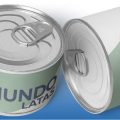Canned Foods – Technology and Preservation
Introduction
The canned food industry has evolved significantly in recent decades, adapting to changing consumer habits and demands for fresh, ready-to-eat products. Food preservation in tinplate and aluminum cans is a practice that ensures the quality and shelf life of food products, thanks to the advanced technology involved.
Properties of Cans for Food Preservation
- Barrier against external agents: Cans provide complete protection against light, oxygen and microbial contamination, which is essential to preserve food quality.
- Resistance and durability: Metal containers are resistant to thermal and mechanical aggressions, which makes them suitable for packaging and transportation.
- Recyclability: Tinplate and aluminum are recyclable materials, which contributes to environmental sustainability.
Conservation Technologies
- Heat Treatment: Canned foods are subjected to heat treatments such as pasteurization or sterilization to destroy microorganisms and enzymes, ensuring the biological stability of the product.
- Internal Coatings: Depending on the aggressiveness of the food, a type of coating and substrate is assigned to protect the container from chemical attack.
- High Hydrostatic Pressure: This advanced technology is used to extend the shelf life of foods without affecting their nutritional qualities.
Canned Food Handling and Storage
- Production order storage: It should be ensured that cans are stored in order of production date to ensure stock rotation.
- Storage conditions: Canned foods should be stored in cool, dry places, away from sources of heat and direct sunlight.
- Prevention of tin contamination: Unused food left in uncoated cans should be transferred to plastic or glass containers and refrigerated.
Challenges and Future of Canned Foods
- Innovation: The industry must continue to innovate in preservation technologies and packaging design to improve sustainability and efficiency.
- Consumer education: It is important to educate consumers about the proper storage and recycling of metal containers.
Food processing
Food processes include several methods and critical steps for the preservation and transformation of food products. These are some of the processes highlighted:
- Fermentation: It is a process in which modifications occur in the carbohydrates in food due to the action of microorganisms. This process is beneficial to obtain products such as yogurt, cheese and alcoholic beverages.
- Putrefaction: It is a process that affects food proteins, also due to the action of microorganisms. The most susceptible foods are meat and fish, and it is characterized by a foul odor, abnormal color and softening of the food.
- Physical changes in contaminated food: May include surface mucus and strange odors, tastes and colorations.
- Food contamination: Refers to the presence of any foreign material in a food, be it microorganisms, chemicals, etc.
- Post-harvest operations: Include cleaning, sorting, grading and treatments such as disinfestation.
- Primary and secondary processing: Primary processing may include processes such as drying, hulling and shelling, while secondary processing refers to the transformation of the product.
- Good Manufacturing Practices (GMP): Establish general hygiene criteria and procedures for the manufacture of safe, healthy and wholesome food.
- Heat treatments: Such as pasteurization, which is a mild heat treatment, usually applied to foods with pH below 4.6 and does not require counterpressure in the equipment.
- Prevention of cross-contamination: Effective measures should be taken to prevent contamination of food material by direct or indirect contact with upstream material.
- Vacuum or modified atmosphere packaging: Techniques that replace oxygen in the package with gases such as carbon dioxide or nitrogen to slow spoilage and bacterial growth.
These processes, among others, are essential to ensure food safety, quality and preservation of food at different stages of the food chain.
New can technologies
New technologies in can manufacturing have included several significant improvements over the years. Among them, the following stand out:
- Improvements in the opening system: The evolution of the Easy-Tab system, which allowed the opener to remain in the lid once the can was opened, improving recycling and reducing waste to the environment.
- Nitrogen injection: In the 1990s, a system was developed that allowed the injection of nitrogen into cans, facilitating the filling of soft drinks and non-carbonated beverages.
- Reduction in can diameter: Between 1991 and 1994, a reduction in can diameter from 2.06 inches to 2.02 was achieved, resulting in a one gram reduction in can weight.
- Colored rings: In 1995, the first colored rings were introduced, which allowed for more personalized cans according to the type of brand and product, being an important marketing element.
- Increased opening size: In 1997, the size of the can opening was increased to facilitate direct consumption and pouring.
- Reduction in can weight: Aluminum cans have been made 28% lighter and steel food containers and closures have been made 33% lighter.
- Circular economy: Recycling of metal packaging is promoted, emphasizing that metal is recycled forever without loss of quality.
Relevant Images
- Table of food aggressiveness according to type:

